Tasty Moldovan Food & Wine Explorations
Daria 2020-09-24T12:59:24-05:00Tasty Moldovan Food & Wine Explorations #WinePW
I’ve been very lucky in that I’ve had the chance to taste wines from many unexpected places and little known grapes. For this reason, I get all the more excited when I have the opportunity to try something completely new to me. This month the Wine Pairing Weekend (#WinePW) blogging group is getting to know the wines of Moldova, and I was thrilled to receive samples for this event, as this Eastern European country’s wines were a new frontier for me. For that matter, Moldova’s food was also pretty new to me, so I went down a fun little rabbit hole looking into the cuisine and I ended up finding some absolutely delicious recipes to pair with our wines.
A BRIEF LOOK AT MOLDOVA’S WINE HISTORY
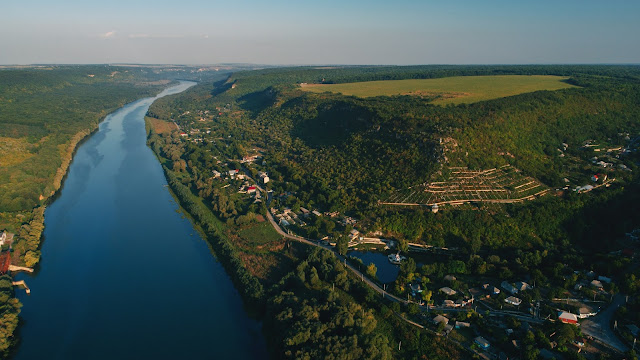 |
| Photo courtesy of Wine of Moldova. |
The Republic of Moldova might be the tiniest and poorest country in Europe, but it has an ancient winemaking history that started around 3000 BC, with the first of evidence of grapevines in the area dating as far back as 7000 BC. Their wine traditions are embedded in their culture and folklore, and (as the literature provided by Wine of Moldova points out) the country’s modern map is even kind of shaped like a bunch of grapes (sort of). Unfortunately, much like other countries with ancient wine traditions in the region (take Armenia as another example), quality winemaking here suffered from long hiatuses due to religious and political forces.
As mentioned, the country’s wine tradition goes way back, it went on to hit its high point in the 15th century during the reign of Stefan the Great. Ottoman rule brought things to halt, putting winemaking on pause for three hundred years as Islamic law forbade the production and consumption of alcohol. Winemaking bounced back during Russian rule starting in 1812, but the Soviet period sent the quality level of the wine plunging backward. Soviet Russia wanted a lot of wine, so production went way up, but they weren’t very interested in it being particularly good. So like other wine-producing states of the former USSR, Moldova mostly produced bulk wine during this period.
They gained their independence in 1991, and for a while relations with Russia were good and they continued to be the major market for the tiny country’s wine, but then things got rocky. First, Gorbachev began an anti-alcoholism campaign, later, this was followed by various political disputes that led to bans on imported Moldovan wines. The first of these came in 2006, and Russia imposed another round when Moldova joined the EU. These events were economically damaging at first, however, Moldova managed to turn these major blows in their favor as it pushed them to refocus on quality. In 2013, Moldova adopted a quality system based on the EU model of protected geographical indications (PGI ), organized around three traditional vine growing areas: Valul lui Traian, Ștefan Vodă and Codru, as well as a category of Divin for brandy. They also established a National Office for Vine and Wine, which in turn instituted many structural reforms. They dove into research on the climate and growing conditions, and have worked hard to build up their tourism industry with considerable focus on wine attractions. In addition, there has been a major shift from state to private ownership, with the exceptions of two large wineries, Cricova and Mileştii Mici, remaining state-owned. We’ll get to know Cricova better in a moment.
Fun Facts:
- Moldvoa has the highest density of vineyards of any country in the world.
- Moldova has vast underground cellars at Cricova and at Mileștii Mici. The latter holds the Guinness World Record for the largest wine collection in the world, consisting of more than 1.5 million bottles and growing every year.
- Since it’s independence Moldova has celebrated its Ziua Nationala a Vinului (National Wine Day) each year on the second weekend in October, just after the end of vintage.
| Photo courtesy of Wine of Moldova. |
CLIMATE & LANDSCAPE
 |
| Photo courtesy of Wine of Moldova. |
Despite all of the ups and downs pushed on Moldova’s wine industry by external forces, it has pretty great conditions for growing wine grapes. It’s landlocked, bordered by Ukraine to the east and Romania to the west, so generally speaking, it has a continental climate with cold winters and long, warm summers. Nonetheless, the climate stays fairly moderate and temperatures don’t usually reach the kinds of extremes that can cause damage to vines or lower the quality of the grapes. The Black Sea is not far away which helps moderate conditions. Rainfall also tends to stay pretty moderate. Conditions vary by subregion of course, but a good portion of the country’s topography is made up of gently rolling hills that are ideal for viticulture and is mirrored in the fact that the country has the highest density of vineyards in the world.
 |
| Photo courtesy of Wine of Moldova. |
THE GRAPES
You’ll find the whole gang of international wine grapes here, including Cabernet Sauvignon, Merlot, Pinot Noir, Chardonnay, Sauvignon Blanc, as well as Riesling. The French wine grapes actually have a long history in the region, predating the arrival of phylloxera in 1891, as these grapes were popular with the tsars. You’ll even find some less expected Frenchy grapes like Aligoté. European grapes account for 85% of planting.
The international gang didn’t push out the locals completely though. You’ll also find grapes typical of the wider Black Sea Basin area like Rkatsitel and Saperavi – these account for about 10% of plantings – as well as a few indigenous to the more immediate areas (some originated in Romania, but still not too far away). Some of these local varieties include Rară Neagră, Viorica, Fetească Neagră, Fetească Albă, and Fetească Regala. Fetească means “maiden” in Romanian, so the last three make for a trio of fair ladies. The first two take their name from their color – black and white respectively. The third maiden wears the crown in the group. Ragala means royal, so she’s a royal maiden or a princess. Right now, local grapes account for only 5% of the vineyard plantings, but this is growing each year thanks to growing international interest and support from the government. The infographic below introduces some of these local grapes.
Vineyard plantings skew heavily towards white wine production, with white varieties making up the lion’s share at 70%, versus red varieties at 30%.
FOOD
Moldovan culture, along with its cuisine, is largely influenced by the Romanian origins of most of its population, but its food also takes cues from Russian, Turkish, Ukrainian, Greek, and Polish, cuisines as well. It’s basically located at a cultural crossroads and has been ruled in its history by various empires, so it borrows a little from each and in the blending of them all, takes on its own flare.
I looked at several sites for inspiration and then found two recipes at Where Is My Spoon, a blog by a Romanian woman living in Germany that explores the cuisines of both countries, as well as others.
I’m going to focus on two of the pairings today.
Suvorov Kazayak Feteasca Regala 2018 with Cheese Plăcintă
Blend: Feteasca Regala | $17.99 | 12.5% alc.
I always a little more excited by an indigenous grape that I’ve never tried before, so the first wine from the sample set we opened was the Suvorov Kazayak Feteasca Regala 2018. The grape, Feteasca Regala, is our princess from the trio of maidens described above. I couldn’t find much info on the winemaking as details on the winery’s website were a bit scant and nuances seemed to get lost in translation, but the winery was found in 1958 by French winemakers.
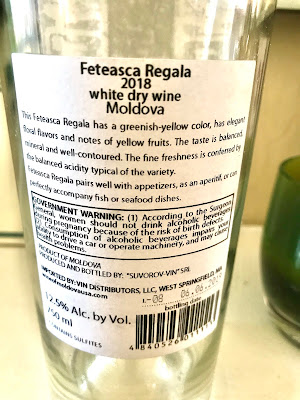 |
| I couldn’t find many details on the wine on line, but there’s a bit of info on the back label. |
The Wine
On the nose, I smelled herbs and citrus fruits with a touch of stone fruit. On the palate, a mix of citrus fruits returned with lemon, lime, and a bit of grapefruit pith, along with fresh green herbs. There was a bit of creamy texture on the midpalate, possibly from lees, that rounded out the mouthfeel, leading into a salty, mineral finish. It was medium- in body with lots of zingy acidity (medium + to high).
The Pairing
One item that repeatedly caught my eye on the many lists of Moldovan specialties I looked at was Plăcintă. The word comes from the Latin word placenta meaning flat cake, and it’s a traditional Romanian stuffed pastry, pie, or thin cake. These pies are also popular all over Moldova, and come in many different forms with various sweet or savory fillings. As such, they can be consumed at any time of the day depending on the filling.
I love a savory, stuffed pastry and I’ve been on a major baking kick during quarantine, so the version I found on Where Is My Spoon which is stuffed with a mixture of cheese, dill, and green onions, really appealed to me. The only change I made to the recipe was to include shredded mozzarella in the cheese mixture to give the filling a touch of meltiness. I saw it used in other versions I looked at, so I took the liberty.
It took me a couple of tries to get a handle on folding the dough, as well as to calibrate the heat and the timing on cooking, but then got the hang of it fairly quickly. (Translation: Don’t be intimidated and forge ahead! It’s not as tricky as it seems.)
We turned these pies into a meal by including roasted vegetables on the side. Greg and I had a couple each for dinner and still had plenty leftover for breakfasts and snacks over the next few days. I’ve also frozen a few for later. I don’t know how mine compare to the originals in flavor, but I’m going to pat myself on the back here because I think they look pretty close to the pictures from the recipe. WE LOVED THESE! I’ll definitely be making them again.
The wine was lovely and refreshing on its own but got even better in the combo. The herbal notes in the wine and the food played off each other nicely, and a slight bitter note that was in the wine became rounded and smoothed out in the pairing.
Cricova Prestige Codru 2015 with Pârjoale
Blend: Cabernet Sauvignon 75%, Merlot 25% | $19.99 | 13% alc.
Cricova’s winery sounds fascinating. They are described as having an ‘underground city,’ made up of a labyrinth of tunnels that stretch 70 kilometers, created from a former limestone quarry that was dug out in 15th century, when the limestone was used to help build the city of Chişinău. It was converted to its present usage as a wine cellar in 1952. It’s the second largest wine cellar in Moldova, after Milestii Mici, which is the largest in the world. It houses 30 million litres of wine, and even has streets running through, some of which are as deep as 80 meters below ground. It houses the National Wine Collection and boasts strange and unique wine artifacts like part of Herman Goering’s wine collection, which was confiscated after World War II, and a 1902 bottle of Ierusalimul de Paști (Easter Jerusalem) which is unique in the world.
I’m not sure I’ve completely wrapped my head around the description of this place – I think it needs to be seen. (Someday!) However, I invite you to check out this article from Forbes for further descriptions to marvel at and puzzle over
The Wine
The winery is known for producing traditional method sparkling wines (i.e. in the style of Champagne), but they also make many other styles. I received the Cricova Prestige Codru 2015, a blend of Cab and Merlot.
On the nose I picked up notes of cassis, lightly stewed red and black berries, tobacco and cigar box spices, rose petals, and an herbal note that reminded me of walking through a greenhouse. The berries were fresher on the palate and were joined by sour cherries, chocolate, mixed herbs and forest greenery. (I didn’t know this when I tasted it, but Cordu, the area this wine is from, has a lot of forest areas.) It was a fairly classic Cabernet profile, but was a bit lighter than most New World styles, and with more red fruits in the mix. It had lots of acidity (medium +), the body was medium verging on medium+, and had firm but smooth tannins.
You can find more details on this wine here.
The Pairing
Pârjoale are Moldovan/Romanian meatballs or meat patties. They’re typically herby and can be made from different meats. We love meatballs and I love having extras around in the freezer for easy meals later, so these caught my attention. Again I found an accessible version on Where is My Spoon.
These are made to be flatter than most meatballs. I’m often a little secretly annoyed when I pan-fry meatballs and they come out looking more like little rounded pyramids, with one flat side, rather than round balls, so I happily leaned into just flattening them out a bit. More importantly, they were very flavorful, tender, and very moist. (I actually think you can get away with less egg than called for in this recipe.) Yum! Another winning recipe that I think I will come back to.
I served these with cheesy polenta, as polenta is very common in Moldova. I didn’t follow a traditional recipe for the region in this case, and just served it creamy. (Although I’m flagging this version here for future exploration!) They typically load it up with cheese and sour cream which sounds amazing. I had a little cheese mixture leftover from making the placinte, so I used it to top the polenta to keep in the spirit of cheesy goodness.
The wine and the food went quite well together with the herbal notes in each playing off each other very nicely. I think the wine was just a little bigger than what would be my ideal match for the meatballs, but in general, this was a harmonious match.
I’ll quickly note that we had a little roasted red pepper spread as a condiment with both dishes. We love this stuff and I know versions exist all around Eastern Europe and into the Middle East. I found that Romania and Moldova have a version called Zacuscă, so I hopefully wasn’t straying to far from my intended authenticity, and we found it made a nice addition in both cases.
I also received a fascinating bottle of Albastrele Taking Root Blanc de Cabernet 2018 ($15.99). This a white wine made from Cabernet Sauvignon grapes. It was kind of a trip of a wine since it was more structured than your typical white wine, and tasted kind of like Sauvignon Blanc on steroids with touches of red fruit notes in the mix. We enjoyed it with a take on Bangers and Mash with Parmesan sausages and smashed potatoes with leeks.
I gotta say, these experiments encapsulated exactly what I love so much about wine and food. These bottles sent me on little mini-adventures in my own home which allowed me to get to know a little bit about a place I knew next to nothing about. In the process, we discovered a couple of delicious recipes we might not have otherwise come across, but will definitely be returning to. Little adventures like these are such a lifeline at this moment when venturing far from home isn’t a possibility.
As noted, the wines for this post were provided as media samples. No other compensation was received and, as always, all opinions are my own.
Photo credit on the majority of the food and wine pictures to Greg Hudson.

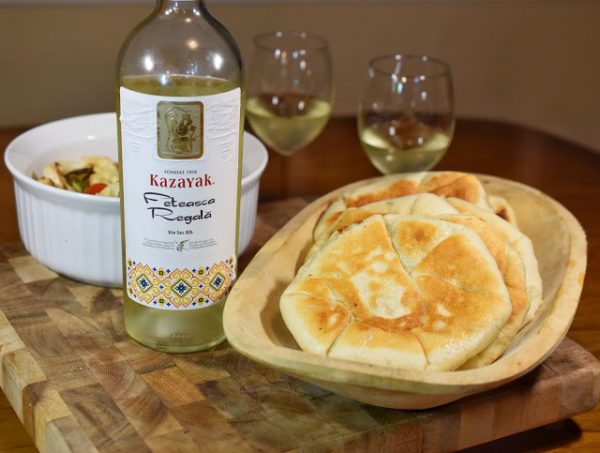
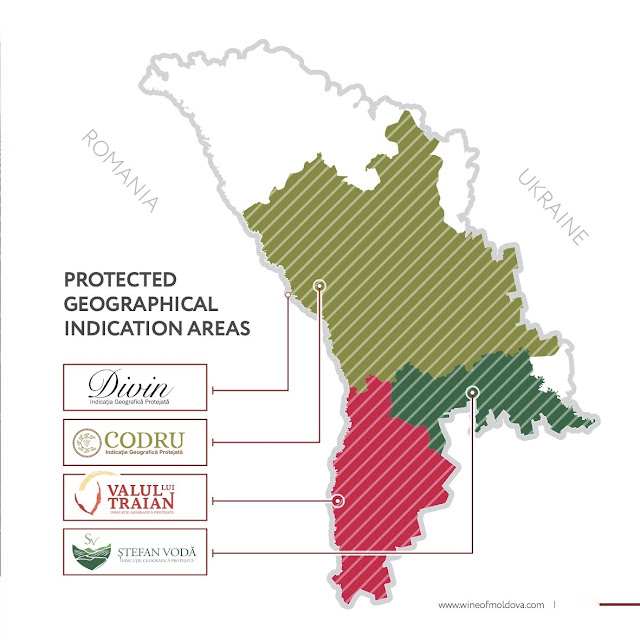
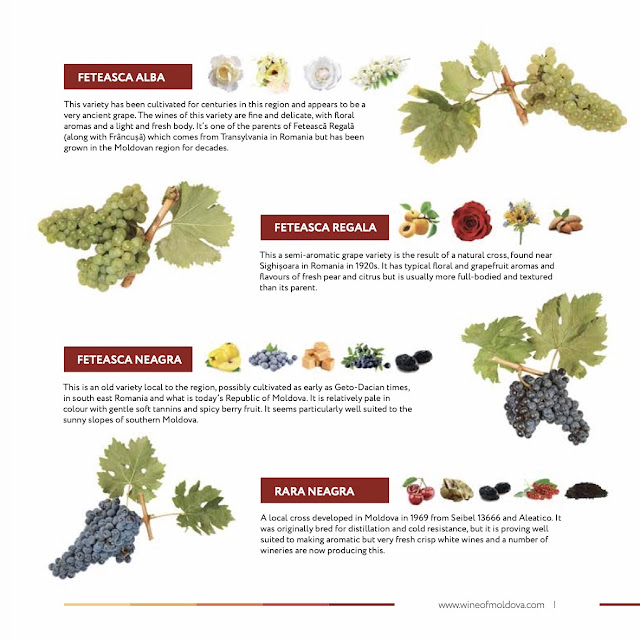
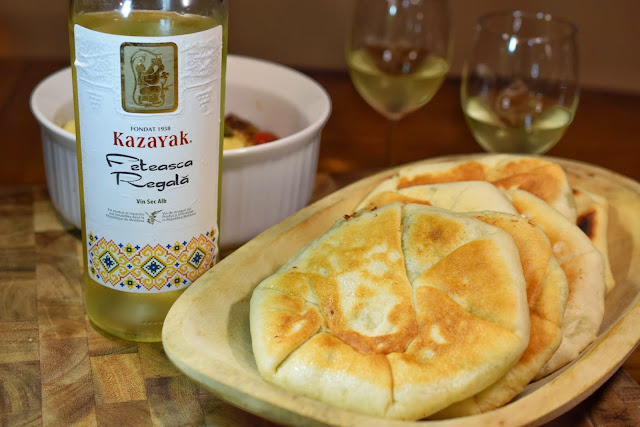
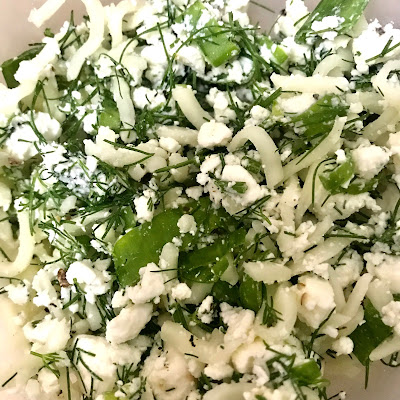
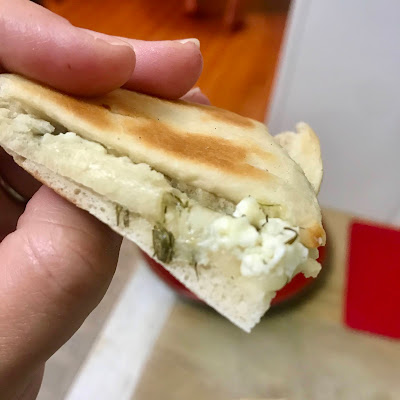
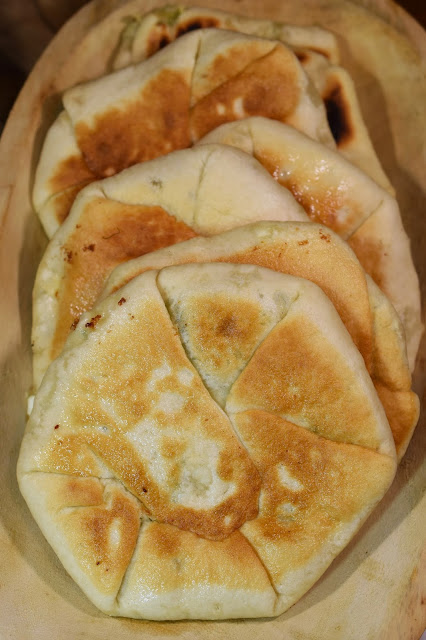
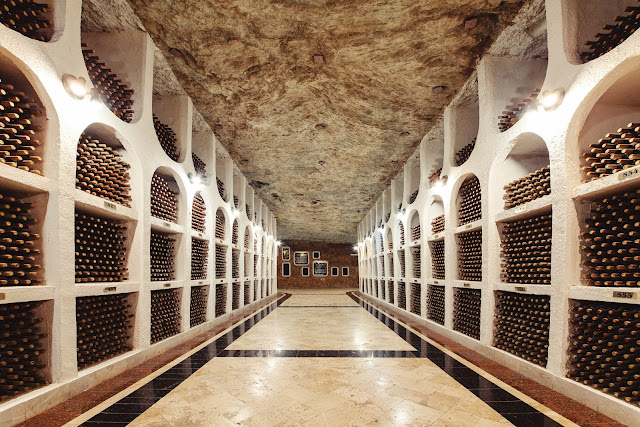

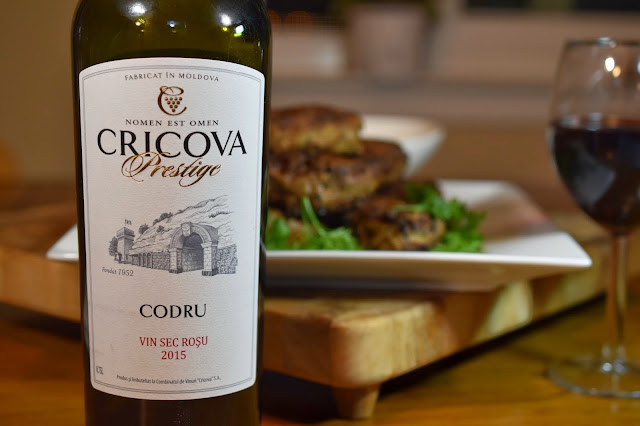
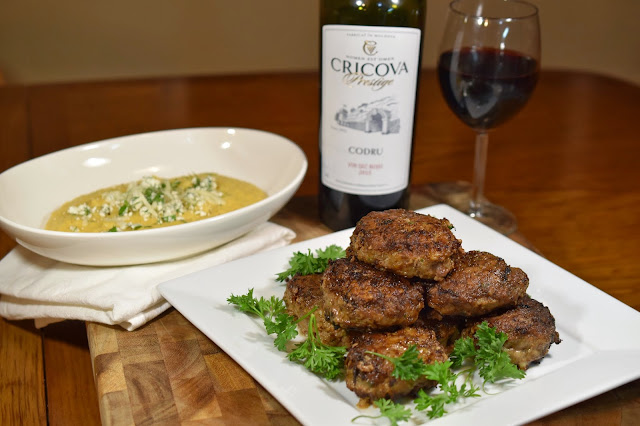
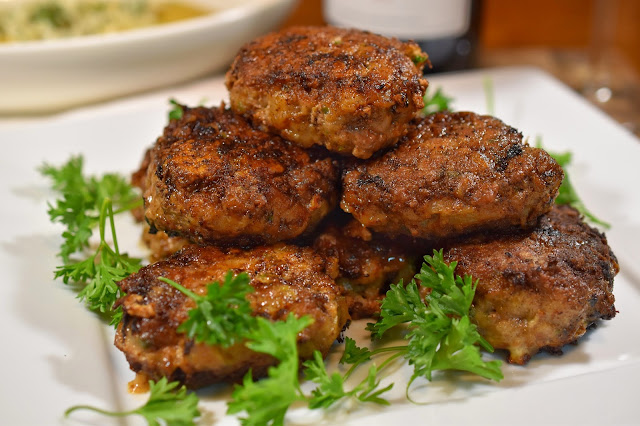
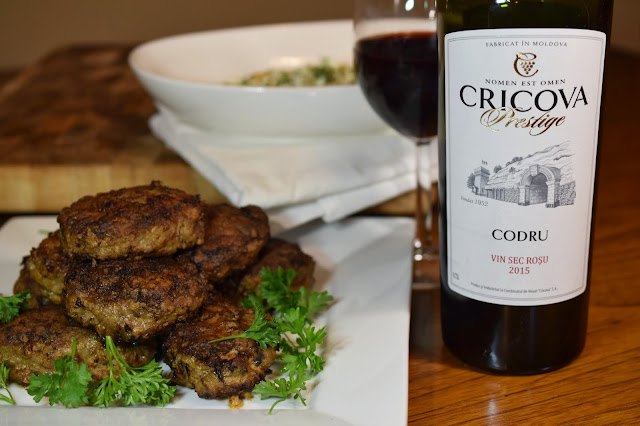
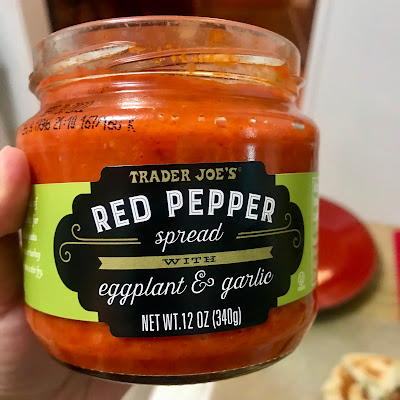
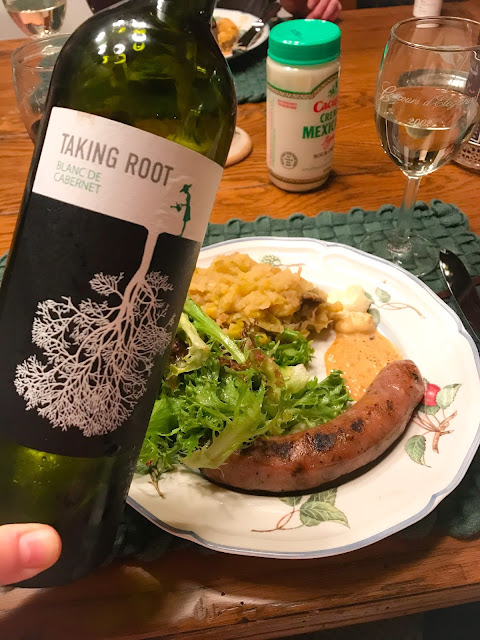
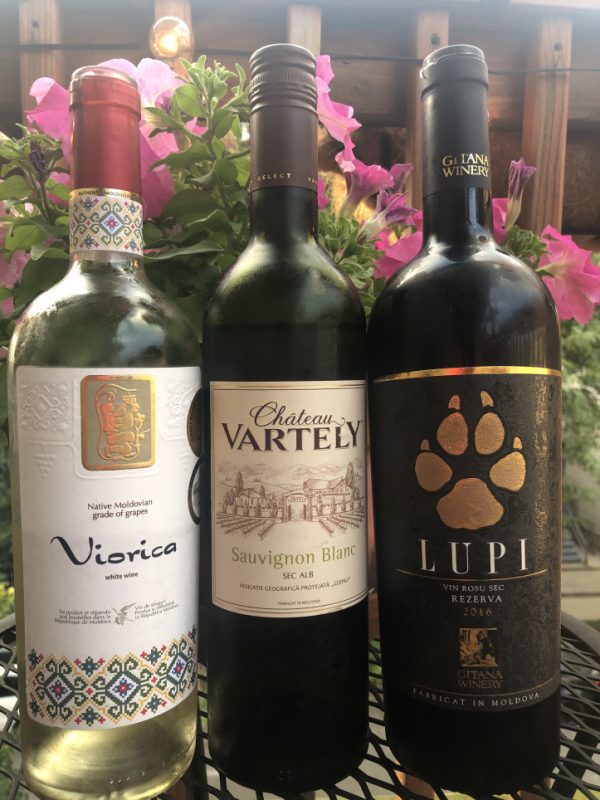
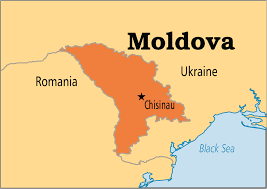 Moldova is a land-locked country in Eastern Europe, between Romania and Ukraine. For centuries, Moldova was the scene of seemingly constant invasions and annexations, being tossed between Romania and Russia like a rag doll. But in 1991, Moldova proudly declared its independence, as the dissolution of the Soviet Union was underway.
Moldova is a land-locked country in Eastern Europe, between Romania and Ukraine. For centuries, Moldova was the scene of seemingly constant invasions and annexations, being tossed between Romania and Russia like a rag doll. But in 1991, Moldova proudly declared its independence, as the dissolution of the Soviet Union was underway. Suvorov (that’s the name of the producer) Viorica 2018 –This is one of Moldova’s native grapes. The wine unleashes a tidal wave of lime and lemon curd aromas, followed by honey, peach nectar, ripe cantaloupe and an alluring, subtle funk of beeswax. It is medium-bodied and somewhat creamy (which I think comes from aging on the lees). Oh, it is so good! And it clocks in at, like, $10 a bottle! Look for it on Winesearcher.
Suvorov (that’s the name of the producer) Viorica 2018 –This is one of Moldova’s native grapes. The wine unleashes a tidal wave of lime and lemon curd aromas, followed by honey, peach nectar, ripe cantaloupe and an alluring, subtle funk of beeswax. It is medium-bodied and somewhat creamy (which I think comes from aging on the lees). Oh, it is so good! And it clocks in at, like, $10 a bottle! Look for it on Winesearcher. Chateau Vartely Sauvignon Blanc 2018 Well, well, well … the Moldavans are positively crushing it on Sauv Blanc. This is a perfectly balanced wine, gushing with bright lime zest, lemon peel and subtle floral notes. Excellent acidity plays well against the sunny fruit notes and it’s a wine you could drink all day. Find it on
Chateau Vartely Sauvignon Blanc 2018 Well, well, well … the Moldavans are positively crushing it on Sauv Blanc. This is a perfectly balanced wine, gushing with bright lime zest, lemon peel and subtle floral notes. Excellent acidity plays well against the sunny fruit notes and it’s a wine you could drink all day. Find it on  Gitana Winery Lupi Rizerva 2016 – Hello! We’ve got a big, bold red blend here that could easily stand up to its cousins in California or Chile. The wine is 55 percent Cabernet Sauvignon, 20 percent Merlot and 25 percent Saperavi. The wine is not shy with its black cherry, chocolate-covered dried cranberry and spice notes. Oh, wait … here’s some mocha pulling up a chair to the table. And some dried violets just knocked on the door, too. There is a lot going on in this wine! It’s one of those wines that you could have your nose in the glass for 10 minutes trying to identify all the aromas! And the tannins definitely make their presence known, though not in an obnoxious or over-done way. And the oak influence is strong, as well.
Gitana Winery Lupi Rizerva 2016 – Hello! We’ve got a big, bold red blend here that could easily stand up to its cousins in California or Chile. The wine is 55 percent Cabernet Sauvignon, 20 percent Merlot and 25 percent Saperavi. The wine is not shy with its black cherry, chocolate-covered dried cranberry and spice notes. Oh, wait … here’s some mocha pulling up a chair to the table. And some dried violets just knocked on the door, too. There is a lot going on in this wine! It’s one of those wines that you could have your nose in the glass for 10 minutes trying to identify all the aromas! And the tannins definitely make their presence known, though not in an obnoxious or over-done way. And the oak influence is strong, as well.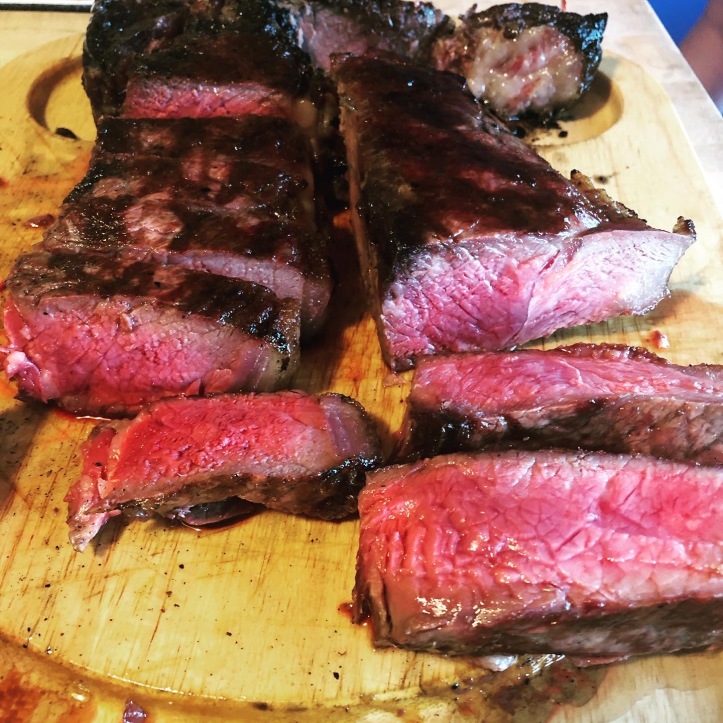 Food pairing: There is, I think, only one food pairing made for this wine and that is meat, with a side of meat and meat on top! I’m thinking specifically of beef, but a nice leg or rack of lamb could definitely work, as could some juicy pork sausages.
Food pairing: There is, I think, only one food pairing made for this wine and that is meat, with a side of meat and meat on top! I’m thinking specifically of beef, but a nice leg or rack of lamb could definitely work, as could some juicy pork sausages.